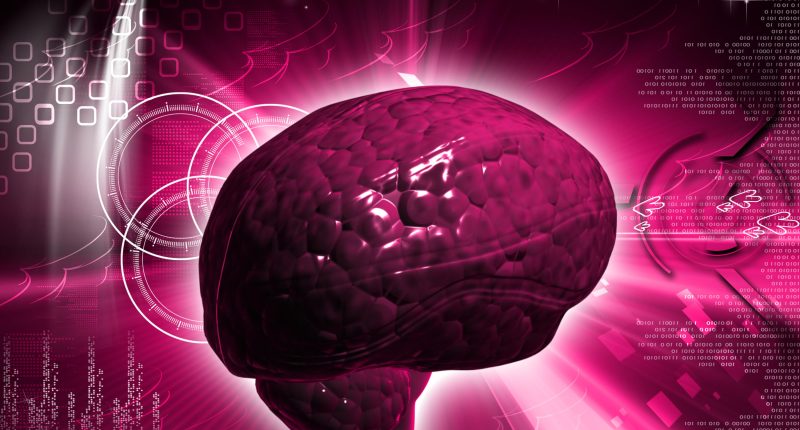CLUMPS of human brain cells connected to an electronic chip have successfully completed simple tasks including speech recognition.
That’s according to researchers at Indiana University Bloomington who combined a brain organoid, a computer chip, and AI in a world-first experiment.
An organoid is a clump of stem cells that are turned into a miniature organ in a lab.
It’s hoped the brain clump creation, called Brainoware, could pave the way for biocomputers that are capable of performing tasks regular computers can’t.
Brainoware could also help to enhance current AI.
The researchers wrote in their study: “Brain-inspired computing hardware aims to emulate the structure and working principles of the brain and could be used to address current limitations in artificial intelligence technologies.
“However, brain-inspired silicon chips are still limited in their ability to fully mimic brain function as most examples are built on digital electronic principles.”
The study claims that Brainoware can learn, process, and remember information.
It was also observed carrying out basic speech recognition.
This recognition was merely a reaction to audio clip signals as the organoid can’t technically hear speech.
Most read in News Tech
The study was published today in the journal Nature Electronics.
Dr. Feng Guo was the researcher leading the study.
According to MIT Technology Review, he said: “This is a first demonstration of using brain organoids [for computing].
“It’s exciting to see the possibilities of organoids for biocomputing in the future.”
The concept of a computer that is based on a biological system is something several scientific teams are working toward.
Human brains use much less energy to process difficult information and a combination of cells and electronics could smooth out current issues with silicon-based computers.
The brain cells used in Brainoware were able to send and receive data via electric stimulation.
Signals created in the brain organoid after the stimulation were fed to AI software.
It’s thought the creation could one day perform tasks without human supervision.
This post first appeared on Thesun.co.uk










